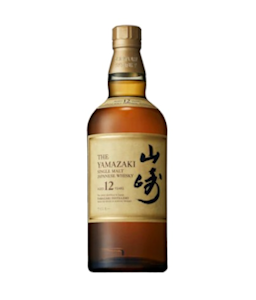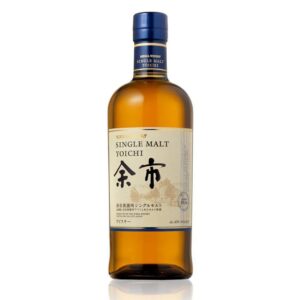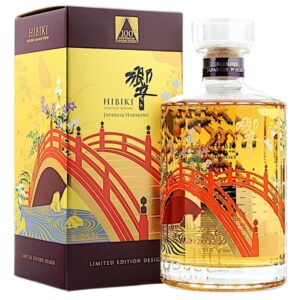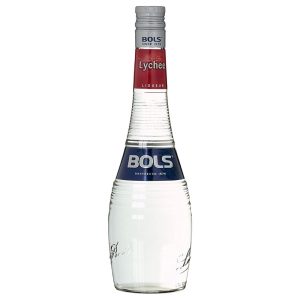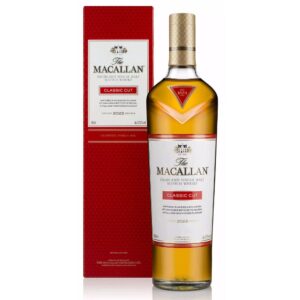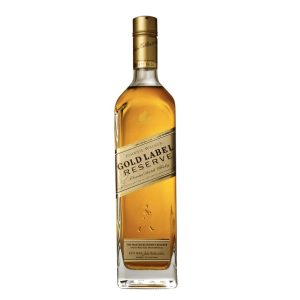Whisky is a beloved spirit around the world, with distinct regional variations in taste and production. Scottish and Irish whiskies are well-known and enjoyed by many, but there is another country that has gained recognition in recent years for its high-quality whiskies: Japan. Japanese whisky has become increasingly popular, earning accolades from whisky enthusiasts worldwide. In this article, we’ll delve into the history and culture of Japanese whisky and explore its unique flavor profile.
History of Japanese Whisky
The story of Japanese whisky began in the early 20th century when Masataka Taketsuru traveled to Scotland to learn about the art of whisky making. After studying at several distilleries, Taketsuru returned to Japan and founded the Yamazaki Distillery in 1923, which is now owned by Suntory. Taketsuru’s goal was to create a whisky that was distinctly Japanese, using local ingredients and techniques, while still incorporating what he learned in Scotland.
Taketsuru’s whisky-making philosophy focused on the importance of water and the use of peat. He believed that the quality of water used in the production process was crucial to the final product’s flavor. Taketsuru also used peat to impart a smoky flavor to his whiskies, a technique he learned in Scotland.
Another key figure in the development of Japanese whisky was Shinjiro Torii, the founder of Suntory. Torii was a businessman who recognized the potential for whisky in Japan and invested in Taketsuru’s venture. Together, Taketsuru and Torii laid the foundation for Japanese whisky, which would soon become recognized for its quality and unique flavor.
Japanese Whisky Today
Today, Japanese whisky is produced by several companies, including Suntory, Nikka, and Kirin. Each distillery has its own unique style, but they all share a commitment to quality and attention to detail. The popularity of Japanese whisky has surged in recent years, with many distilleries winning awards and recognition at international competitions.
One of the most well-known Japanese whisky brands is Yamazaki, which is produced by Suntory. Yamazaki is the oldest whisky distillery in Japan, and it is located in the heart of Kyoto. The distillery’s location is significant because the water used in the production process comes from nearby mountains, which are known for their soft water. Yamazaki whiskies are known for their complex and delicate flavor profile, with notes of fruit, spice, and oak.
Hibiki, also produced by Suntory, is another popular Japanese whisky brand. Hibiki whiskies are known for their smoothness and balance, with a sweet and floral aroma. The blend contains whiskies from Yamazaki, Hakushu, and Chita distilleries, creating a unique flavor profile that is distinctive to Hibiki.
Nikka is another major player in the Japanese whisky industry, with two distilleries in Hokkaido and Miyagi. The company produces a wide range of whiskies, including single malt and blended whiskies. Nikka whiskies are known for their complexity and depth of flavor, with a distinct character that sets them apart from other Japanese whiskies.
Kirin, a well-known beverage company in Japan, produces the Fuji Gotemba brand of whisky. Fuji Gotemba is known for its light and fruity flavor, with a subtle hint of peat smoke. The distillery is located at the foot of Mount Fuji, where the water used in production comes from a natural spring.
Flavor Profile of Japanese Whisky
One of the most distinctive aspects of Japanese whisky is its flavor profile. Japanese whiskies are known for their complexity, balance,
and delicacy of flavor. Unlike some other whiskies that have a strong, dominant flavor, Japanese whiskies are often described as having a subtle and nuanced character.
Japanese whiskies often have fruity and floral notes, with hints of spice and oak. The use of Japanese oak, known as mizunara, is one of the factors that contributes to the unique flavor profile of Japanese whiskies. Mizunara oak imparts a distinct flavor and aroma to whiskies, with notes of coconut, sandalwood, and incense.
Japanese whiskies are also known for their smoothness and balance. The whiskies are typically matured for a longer period than other whiskies, allowing the flavors to develop and harmonize over time. The result is a whisky that is well-balanced and complex, with a long and satisfying finish.
Challenges Facing Japanese Whisky
As the popularity of Japanese whisky has grown, the industry has faced some challenges. One of the main challenges is a shortage of aged whiskies. Japanese whisky production is heavily regulated, and distilleries must follow strict guidelines on aging and labeling. As a result, many Japanese distilleries have a limited supply of aged whiskies, making it difficult to meet the growing demand for their products.
Another challenge facing Japanese whisky is rising prices. With the limited supply of aged whiskies and growing demand, prices for Japanese whiskies have increased significantly in recent years. Some Japanese whisky brands have become highly sought-after and collectible, with prices reaching thousands of dollars per bottle.
Despite these challenges, Japanese whisky continues to be a popular choice among whisky enthusiasts around the world. The unique flavor profile and high quality of Japanese whiskies make them a desirable addition to any whisky collection.
Conclusion
Japanese whisky is a testament to the innovation and dedication of Japanese whisky makers. The history and culture of Japan have influenced the production of Japanese whisky, resulting in a spirit that is distinct from other whiskies around the world. The delicate and complex flavor profile of Japanese whisky has earned it recognition and praise from whisky enthusiasts worldwide. As the popularity of Japanese whisky continues to grow, the industry will face new challenges, but it is certain that Japanese whisky will continue to be a beloved spirit for years to come.



